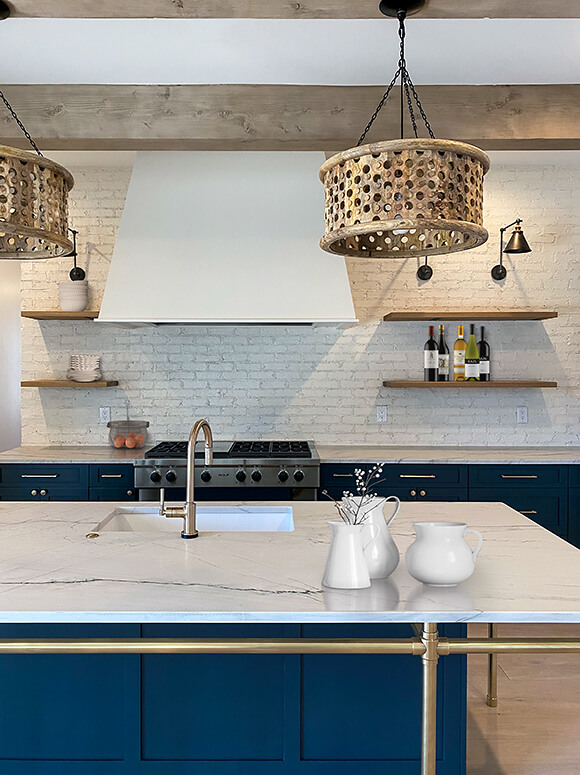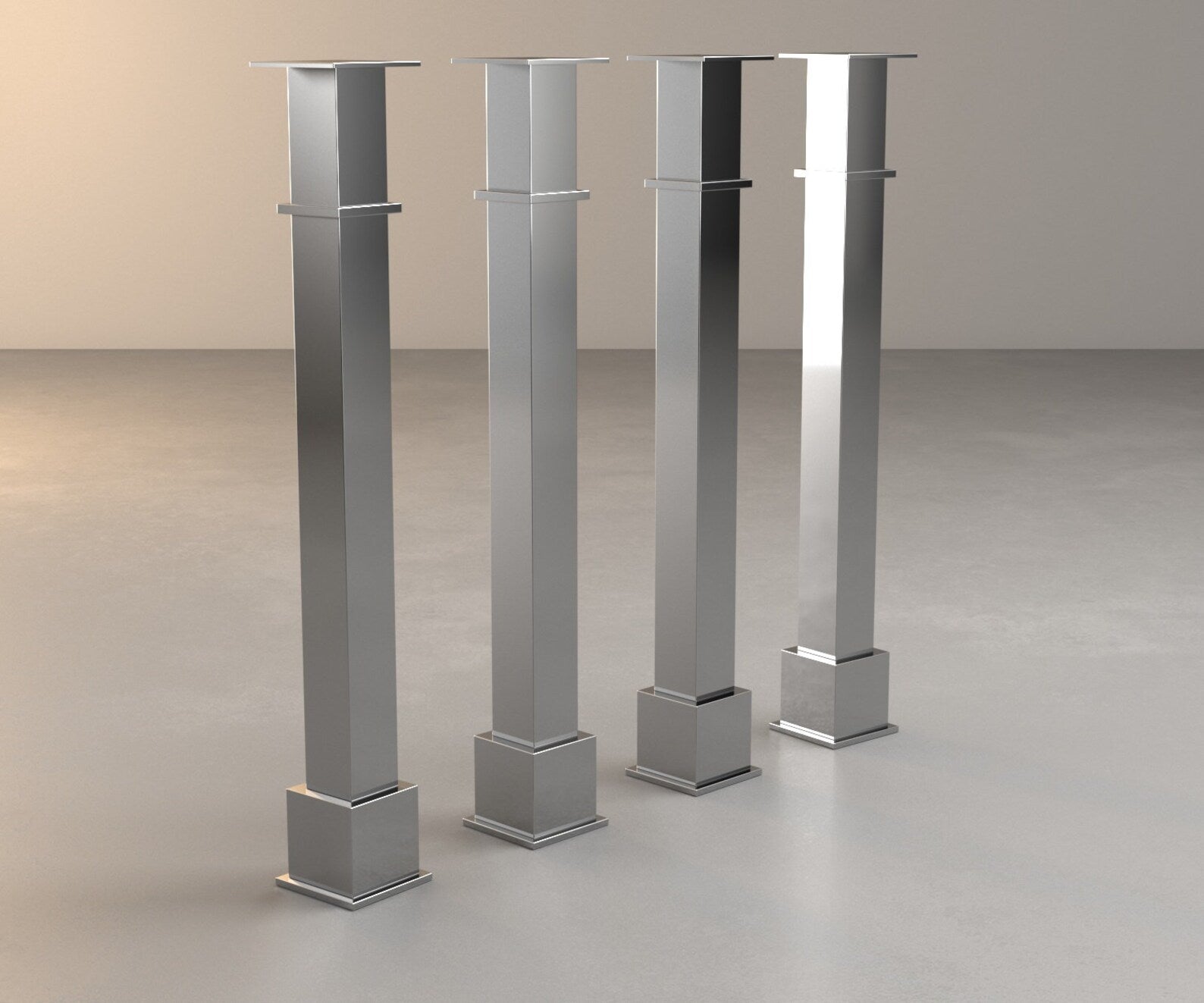A Guide to Picking the Perfect Legs For Kitchen Island for Your Home
Choosing the excellent legs for your cooking area island is a nuanced decision that impacts both the performance and visual allure of this main area. Elements such as height, materials, and style play an important duty in harmonizing your island with the general cooking area style. In addition, recognizing the significance of security and maintenance can considerably influence your choice. As you consider these elements, it becomes obvious that the best legs can transform not only the appearance of your kitchen but also its use for many years to find. What certain functions should you prioritize in this choice process?

Understanding Kitchen Island Legs
When picking legs for a kitchen area island, it's vital to comprehend their visual and practical roles in the general layout. The legs serve as a vital support system, making certain stability and longevity for the island, which typically functions as an office, eating area, or gathering place. The selection of material and building strategy have to be robust adequate to withstand everyday use and potential wear.
Along with their structural obligations, legs add significantly to the island's aesthetic appeal. They can enhance the cooking area's style, whether through conventional, modern, or eclectic styles. The elevation and proportion of the legs are likewise critical factors to consider; they need to harmonize with the island's kitchen counter elevation while making certain comfy seating for those using the space.
Furthermore, the leg style can influence the general flow of the kitchen. Open, airy leg styles can create a sense of lightness, while strong, significant legs might share an extra based and steady visual - Legs For Kitchen Island. Recognizing these aesthetic and practical elements will guide homeowners in making informed choices that enhance their cooking area's design and enhance its usability
Popular Styles and Materials
The selection of legs for a kitchen island incorporates a variety of preferred styles and products, each offering unique attributes that can boost both capability and looks. Conventional legs normally exhibit luxuriant information and workmanship, boosting classic kitchen area designs.

Height and Security Factors To Consider

Security is an additional important consideration. The legs of the kitchen island ought to provide ample support, making sure that the structure can withstand day-to-day use without wobbling or shifting. Material choice plays a considerable function in stability; steel legs, as an example, have a tendency to use higher toughness compared to timber. In addition, making sure that the island is securely secured to the floor or wall can improve stability, specifically for larger islands that might bear significant weight.
Matching Your Kitchen Aesthetic
Picking the right legs for your cooking area island exceeds capability; it also plays a considerable function in the total aesthetic of the area. When picking legs, take into consideration the design style of your cooking area. imp source For a contemporary appearance, streamlined steel or minimalist styles can produce a tidy, modern-day vibe. On the various other hand, rustic or conventional kitchen areas often take advantage of wood legs with detailed describing or a troubled finish, boosting warmth and character.
Legs that enhance or comparison with your island's surface area and surrounding cabinetry can develop aesthetic consistency or striking focal points. Additionally, take into consideration the coating of the legs; matte, shiny, or textured finishes can dramatically affect the general feel of the kitchen area.
Installation and Upkeep Tips
Setting up kitchen island legs needs mindful interest to detail to guarantee both security and aesthetic charm. Utilize a stud finder to situate wall studs if you are connecting the legs to a wall surface or using braces for added support.
When safeguarding the legs, use high-quality screws and, if needed, wood glue for extra toughness. For metal legs, make certain that you are using proper supports and devices to stop damages to your flooring. It is recommended to inspect for levelness after installment, making modifications as required to stay clear of tottering.
Upkeep is similarly important for long life - Legs For Kitchen Island. On a regular basis inspect the legs for any indications of wear or helping to loosen, specifically in high-traffic areas. Tidy the legs with a suitable cleaner, preventing abrasive materials that may scrape the surface. For wooden legs, consider using a wood conditioner periodically to maintain their finish. By following these installation and maintenance suggestions, you can guarantee that your kitchen area island legs remain both functional and visually appealing.
Conclusion
Finally, selecting the ideal legs for a cooking area island requires mindful factor to consider of elevation, stability, and visual compatibility. By choosing suitable products and styles that align with the total cooking area layout, performance can be enhanced while keeping visual allure. Appropriate installation and recurring maintenance even more add to the resilience and longevity of the kitchen area island. Ultimately, thoughtful leg option plays an essential duty in elevating both the functionality and layout of the cooking area space.
When choosing legs for a kitchen island, it's essential to recognize their functional and aesthetic roles in the general layout. Open, airy leg styles can produce a feeling of agility, while strong, considerable legs might share a much more based and stable visual. The legs of the kitchen area island need to provide appropriate assistance, making sure that the structure can withstand day-to-day usage without wobbling or moving.Mounting cooking area island legs requires cautious interest to information to make sure both security and visual allure.In conclusion, picking the suitable legs for a kitchen area island requires cautious factor to consider of height, stability, and aesthetic compatibility.
Comments on “Explore Timeless Options in Standard Legs For Kitchen Island Layouts”